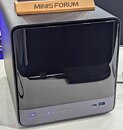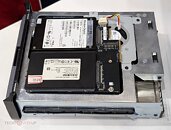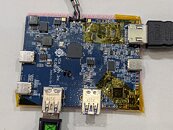Cable Matters Launches USB4 20Gbps 3-Port Switch for Seamless Multi-Device Connectivity
Cable Matters, a leading innovator in connectivity solutions, proudly announces the release of its new USB4 20 Gbps 3-Port Switch-an advanced upgrade to its popular 2-port model. This next-generation switch is designed to meet the needs of professionals, content creators, and tech enthusiasts who rely on high-speed, multi-device workflows.
The 3-port USB-C switch empowers users to effortlessly toggle between up to three host devices while maintaining top-tier performance: support for up to 8K video at 30 Hz, 20 Gbps data transfer speeds, and 140 W Power Delivery for charging the device in use. Ideal for use with USB-C or Thunderbolt 4 monitors and docking stations, this switch delivers a unified, efficient workspace experience.
The 3-port USB-C switch empowers users to effortlessly toggle between up to three host devices while maintaining top-tier performance: support for up to 8K video at 30 Hz, 20 Gbps data transfer speeds, and 140 W Power Delivery for charging the device in use. Ideal for use with USB-C or Thunderbolt 4 monitors and docking stations, this switch delivers a unified, efficient workspace experience.































































































